Is your feline friend always underfoot, or do they follow you from room to room like a shadow? If so, you might just have a clingy cat on your hands. While some people might think of cats as aloof and independent, many cat owners know that this stereotype doesn’t always hold true. In fact, some cats can be quite the opposite, displaying behaviors that are endearing yet sometimes overwhelming. Let’s dive into the fascinating world of clingy cats and explore the signs that indicate you might have one.
Think cats are all aloof and independent? Not always! Some felines form incredibly tight bonds with their humans—and they’re not shy about showing it. If your cat follows you from room to room, meows constantly for attention, or insists on sleeping on your chest, you might just have a clingy kitty on your hands. These signs, while adorable, can also signal your cat’s deep need for connection and comfort. Understanding this behavior can help you strike the right balance between affection and independence for your furry shadow.
Constant Shadowing
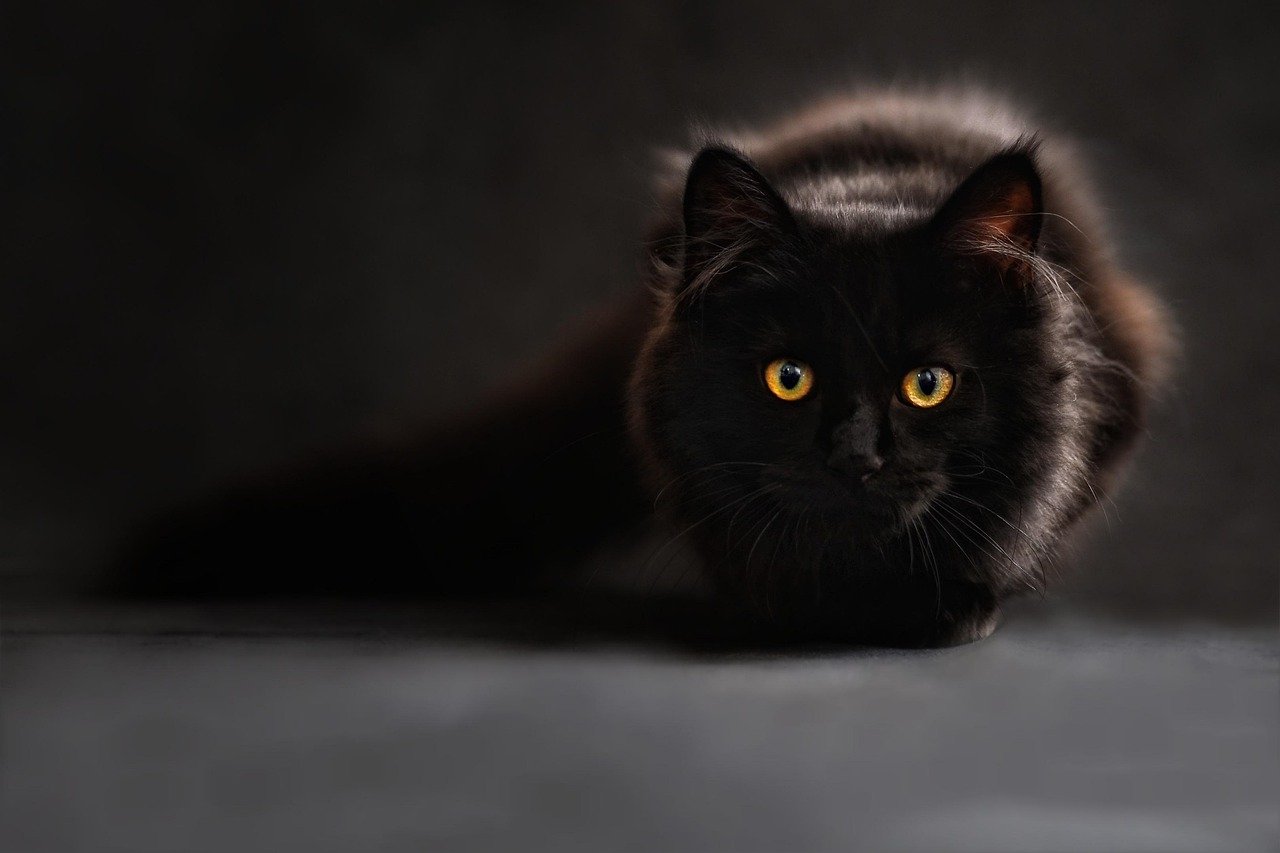
One of the most telltale signs of a clingy cat is their constant presence at your side. These cats have mastered the art of being everywhere you are. Whether you’re brushing your teeth, cooking in the kitchen, or simply lounging on the couch, your cat is likely right there beside you. It’s as if they’re your tiny, furry shadow that never leaves. While this behavior can be heartwarming, it can also be a bit tricky when you’re trying to navigate your home without tripping over them.
Endless Meowing
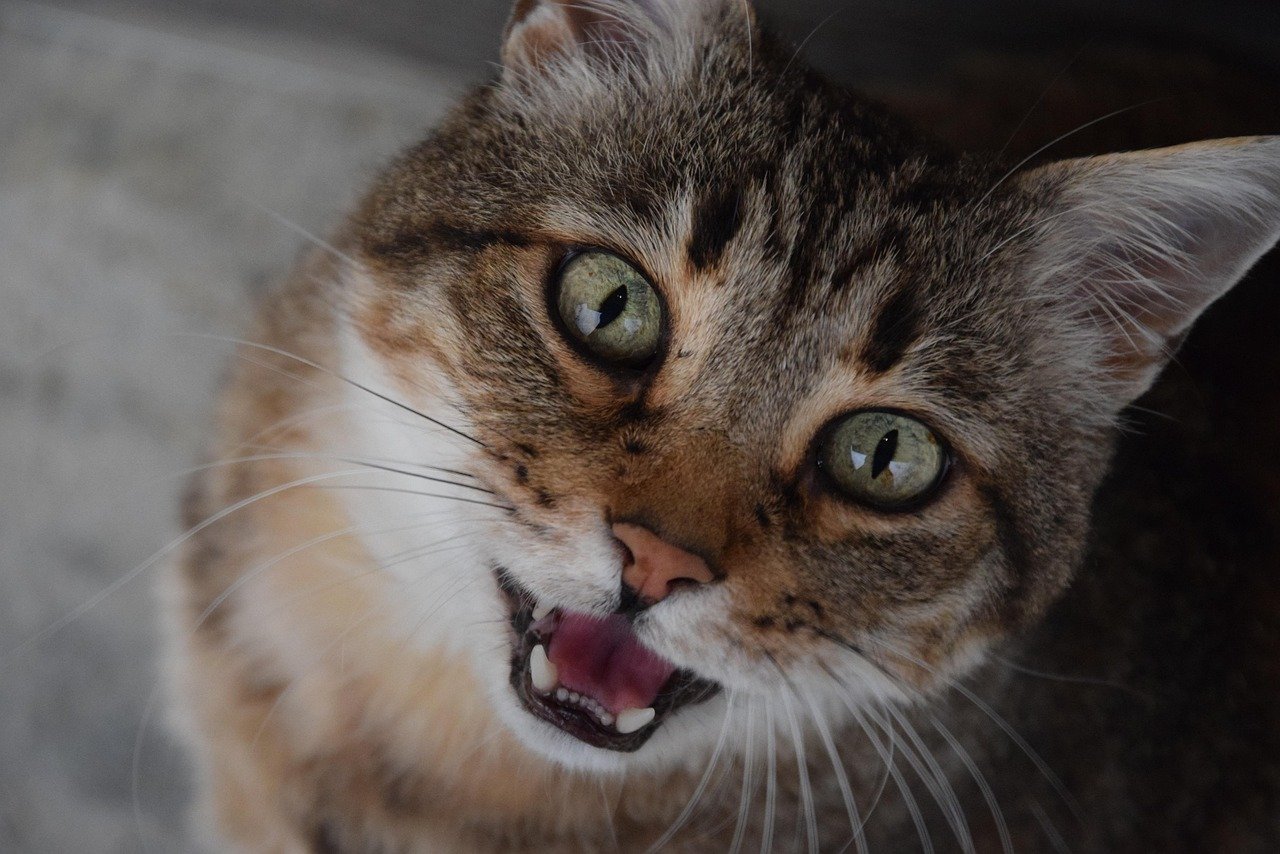
Does your cat have a lot to say? Clingy cats often engage in frequent vocalization, using meows, chirps, and purrs to communicate with their human companions. They may meow to get your attention, express their needs, or simply to engage in a conversation with you. This can be both adorable and a little overwhelming, especially if you’re trying to concentrate on something else. Understanding their language can strengthen your bond, but it’s important to ensure they aren’t meowing out of distress or discomfort.
Lap Occupancy

If you find that your lap is never empty when you sit down, you might have a clingy cat on your hands. These affectionate felines love to curl up on your lap, seeking warmth, comfort, and companionship. It’s as if your lap is their throne, and they are the reigning monarch. While it can be delightful to have a warm, purring cat on your lap, it can also make it challenging to get up and move around. After all, who wants to disturb a content kitty?
Bedtime Cuddles
A clingy cat often insists on sharing your bed at night. They may snuggle up next to you, purring contentedly as you drift off to sleep. This behavior can be comforting and reassuring, as their presence provides a sense of security. However, it can also disrupt your sleep if they decide to move around or knead your blankets in the middle of the night. For some cat owners, sharing the bed with their feline friend is a cherished routine, while others might find it a bit too cozy.
Frequent Head Butts
Cats have a unique way of showing affection through head butting, and clingy cats take this to the next level. They will often nudge your face, hands, or legs with their heads, seeking attention and affection. This behavior is their way of marking you with their scent and claiming you as their own. It’s a loving gesture that can be both endearing and a little surprising, especially if you’re not expecting it. Embrace these head butts as a sign of your cat’s deep affection for you.
Following to the Bathroom
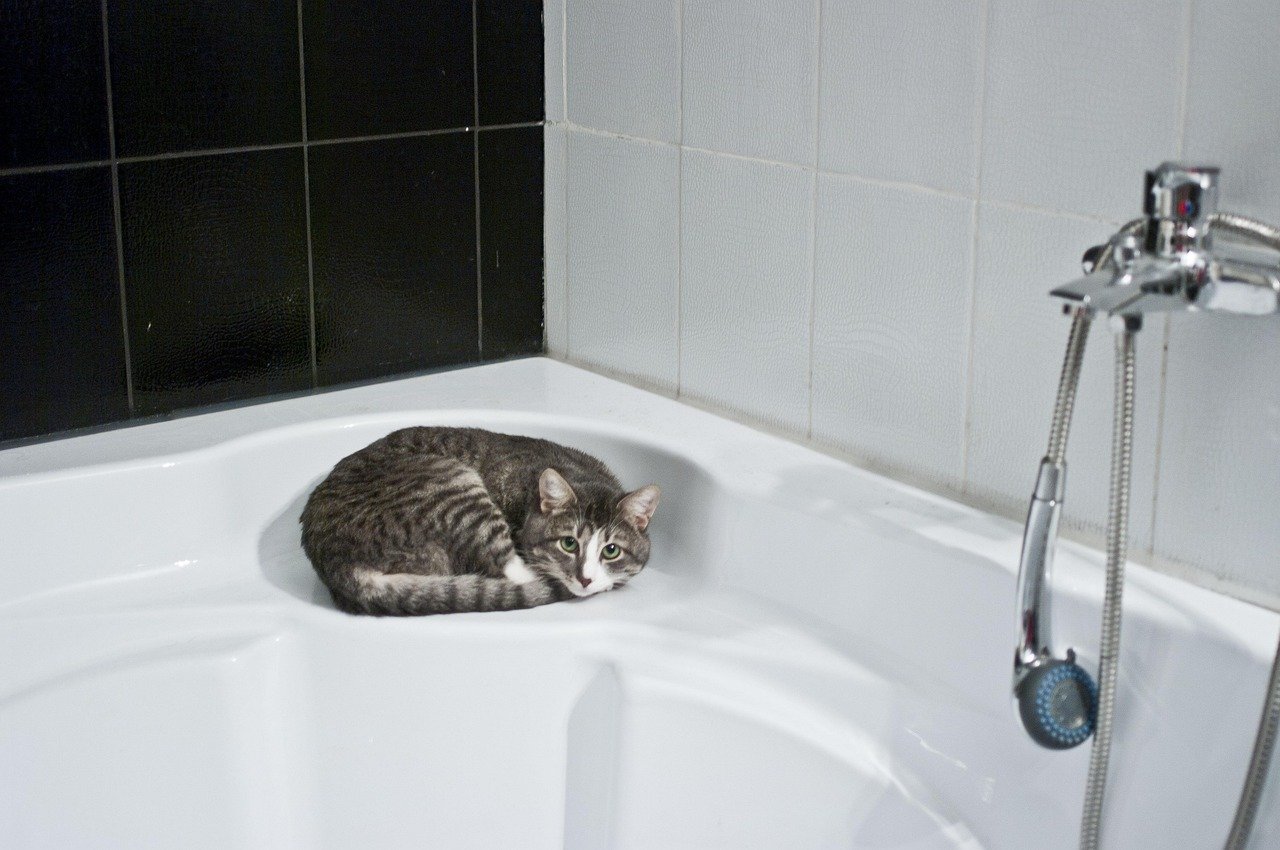
Privacy is a foreign concept to a clingy cat, and they have no qualms about following you into the bathroom. Whether you’re brushing your teeth, taking a shower, or just enjoying a moment of solitude, your cat is likely right there, watching your every move. This behavior can be amusing and a little perplexing, as it seems they can’t bear to be apart from you even for a moment. While it might be tempting to close the door for some privacy, remember that your cat sees you as their trusted companion.
Pawing for Attention
Clingy cats are experts at getting your attention, and one of their favorite tactics is gentle pawing. They’ll reach out with their paws to tap your arm, leg, or face, reminding you that they’re there and in need of some love. This behavior is often accompanied by pleading eyes and soft meows, making it hard to resist their request for attention. While it can be charming, it’s important to ensure that your cat isn’t using this behavior to express discomfort or distress.
Separation Anxiety
Some clingy cats experience separation anxiety when their human companions leave the house. They may become distressed, vocalizing loudly or engaging in destructive behaviors. This anxiety can be challenging for both the cat and their owner, as it can lead to stress and worry. If your cat exhibits signs of separation anxiety, it’s important to provide them with comfort and reassurance. Consider leaving out toys or interactive puzzles to keep them occupied while you’re away.
Greeting at the Door
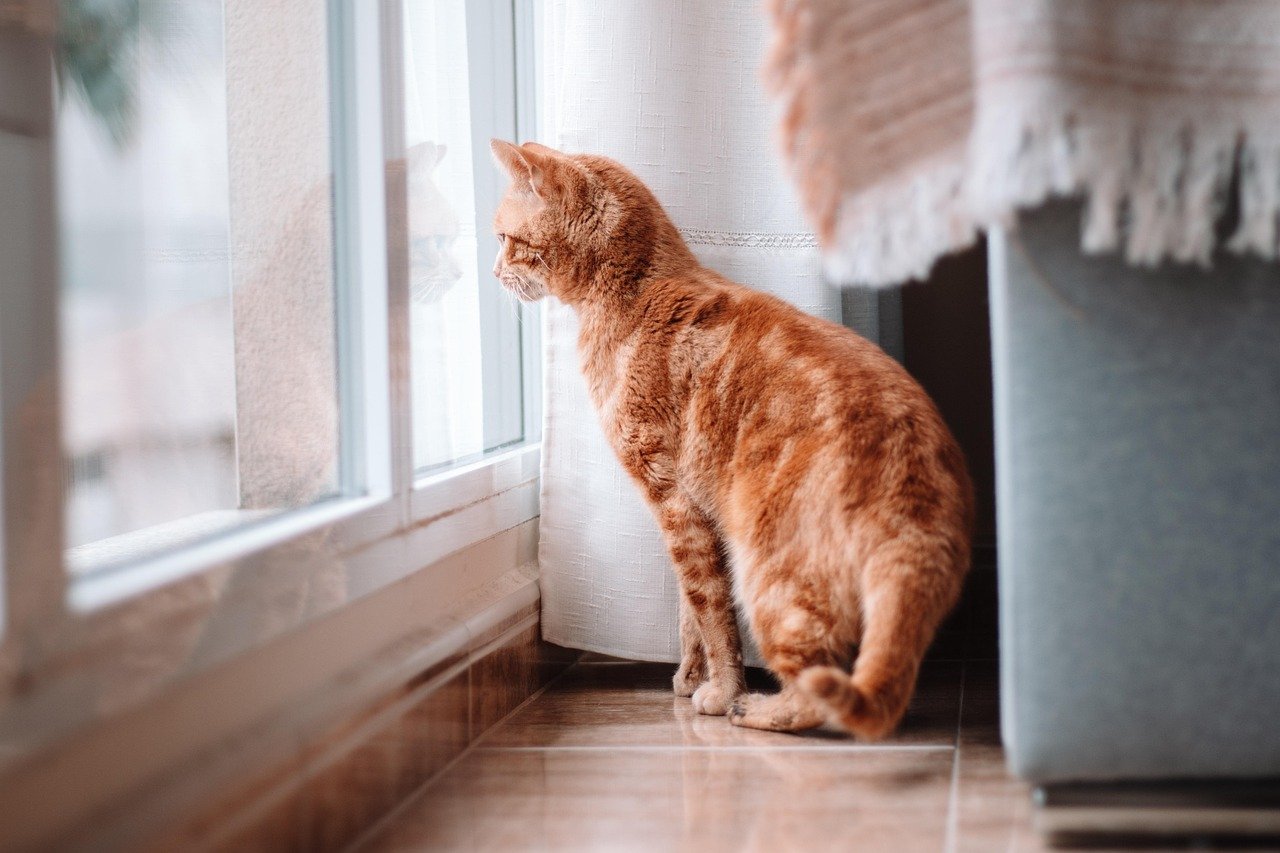
A clingy cat often greets their human at the door with enthusiasm and excitement. As soon as you step through the door, they’re there to welcome you home with purrs, meows, and affectionate head butts. This behavior is a clear sign of their attachment to you and their joy at your return. It’s a heartwarming sight that can make even the longest day feel a little brighter. Embrace these greetings as a reminder of the special bond you share with your feline friend.
Persistent Kneading
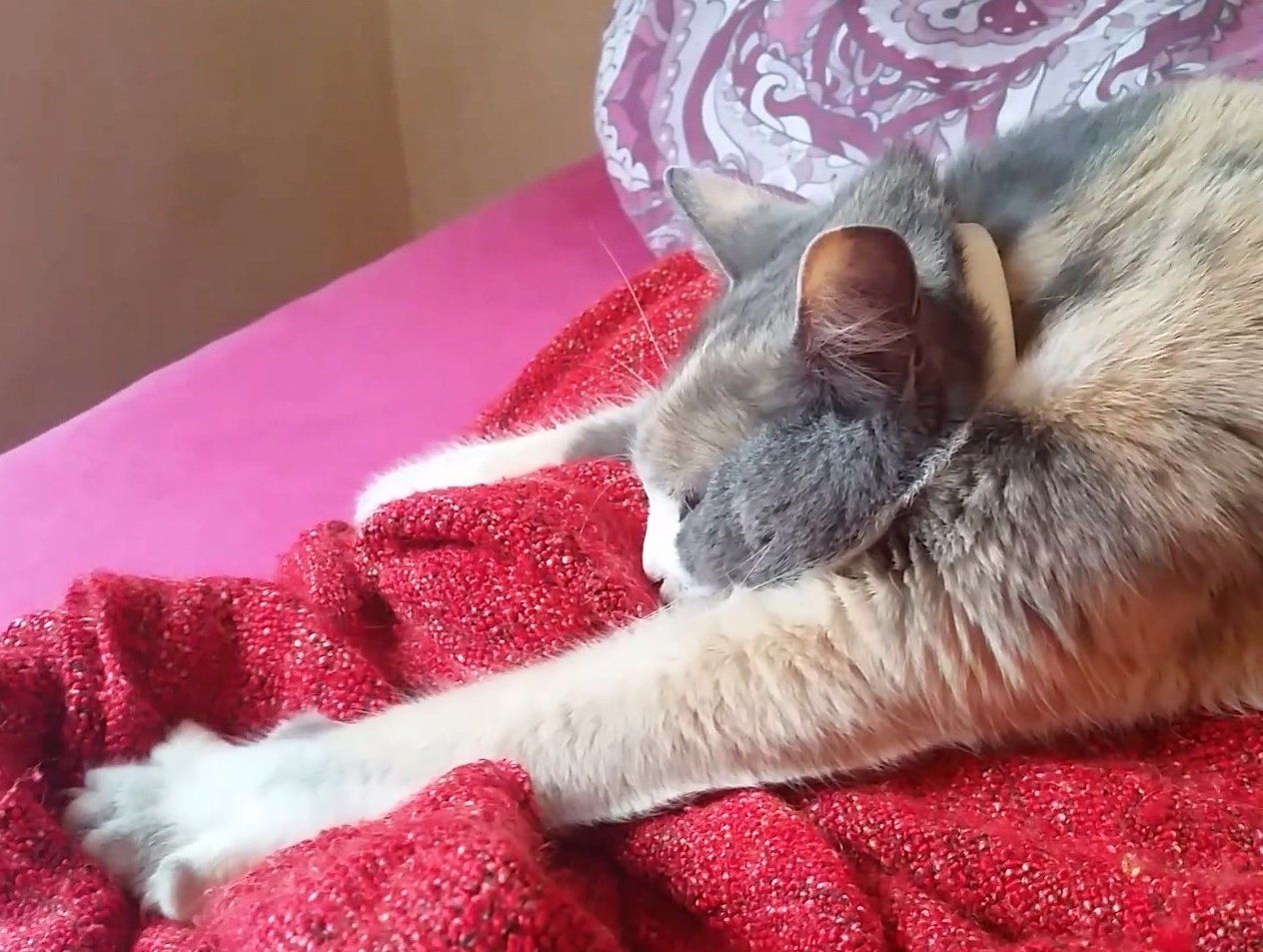
Kneading is a common behavior in cats, but clingy cats tend to do it more frequently and persistently. They may knead your lap, blankets, or even your clothes, as if they’re kneading dough. This behavior is a comforting ritual that dates back to kittenhood when they would knead their mother’s belly to stimulate milk flow. It’s a sign of contentment and affection, and while it can be soothing, it can also be a little uncomfortable if they extend their claws.
In conclusion, having a clingy cat can be both a joy and a challenge. These affectionate felines form deep bonds with their human companions, displaying behaviors that are both endearing and sometimes overwhelming. Understanding and embracing their unique personalities can strengthen your bond and make your relationship even more rewarding. Do you see any of these signs in your cat? What does your furry friend do to show their love?

Esther is from India; the heartbeat of South Asia, holding a Master’s degree in Zoology and a postgraduate diploma in Animal Welfare. Her enthusiasm for animal welfare drives her passion and dedication to working for animals, ensuring their well-being, and advocating for their rights. With a solid academic background and hands-on experience, she is committed to making a positive impact in the field of animal welfare. In her free time, she enjoys embroidery and sewing. As a Chennaite from Tamil Nadu, Esther loves Bharathanatyam, an Indian classical dance form.





